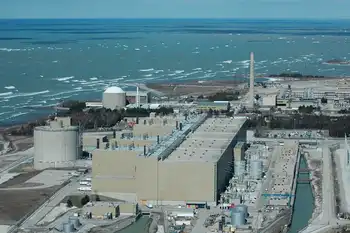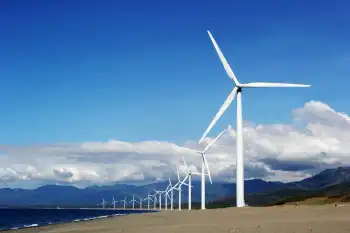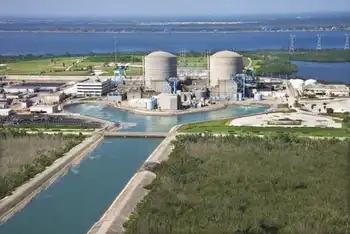Court sides with EPA in power plant case
By Associated Press
CSA Z462 Arc Flash Training - Electrical Safety Essentials
Our customized live online or in‑person group training can be delivered to your staff at your location.

- Live Online
- 6 hours Instructor-led
- Group Training Available
The utility, which operates the 2,040-megawatt Four Corners Power Plant, argued that the federal implementation plan finalized by EPA in 2007 was too restrictive. Environmentalists complained the plan did not take into account the region's air quality and that greater restrictions were needed to limit emissions.
The 10th U.S. Circuit Court of Appeals in Denver issued a 31-page ruling that found the EPA followed proper procedures in establishing the implementation plan.
"The EPA identified a regulatory need and enacted a source-specific federal plan to fill this gap. The EPA has neither relied on factors which Congress did not intend it to consider nor failed to consider any important aspect of the problem," the ruling states.
The court also vacated a regulation requiring that the plant adhere to dust control measures. Both EPA and Arizona Public Service had asked the court to remand the issue so EPA could take another look at the regulation.
Environmentalists have long been concerned about air quality in the Four Corners region, which is also home to the coal-fired San Juan Generating Station.
Mike Eisenfeld of the San Juan County Citizens Alliance said the Four Corners Power Plant is among the worst polluters when it comes to nitrogen oxide, which the federal plan limits along with sulfur dioxide, total particulate matter and opacity.
"I think it was a legal interpretation we're going to have to live with, but ultimately there should be a big question about a plant like Four Corners that was initially built in the 1960s and really has outlived its life," Eisenfeld said.
Steven Gotfried, a spokesman for APS, said the utility works hard to ensure the plant meets environmental standards. He added that APS was pleased with the ruling and plans to work with EPA.
The ruling stems from lawsuits filed by environmentalists and the utility, which sought flexibility in the administration of dust and opacity emission limits.
EPA uses opacity as an indicator of the amount of pollutants leaving a smokestack. The more particles that pass through a stack, the more light will be blocked, resulting in a higher opacity percentage.
Arizona Public Service had argued that it couldn't achieve the required 20 percent opacity, even when equipment was operating properly. However, the court said EPA provided a reasoned basis for the limit, saying it was necessary to ensure the plant is properly operated and maintained.
"We're going to do what we have to do," Gotfried said of meeting the requirement. "We have a long history of meeting or exceeding all applicable environmental regulations and we plan on doing so in the future."
Eisenfeld said he's hopeful the court's stance on opacity will result in fewer emissions at the plant.











